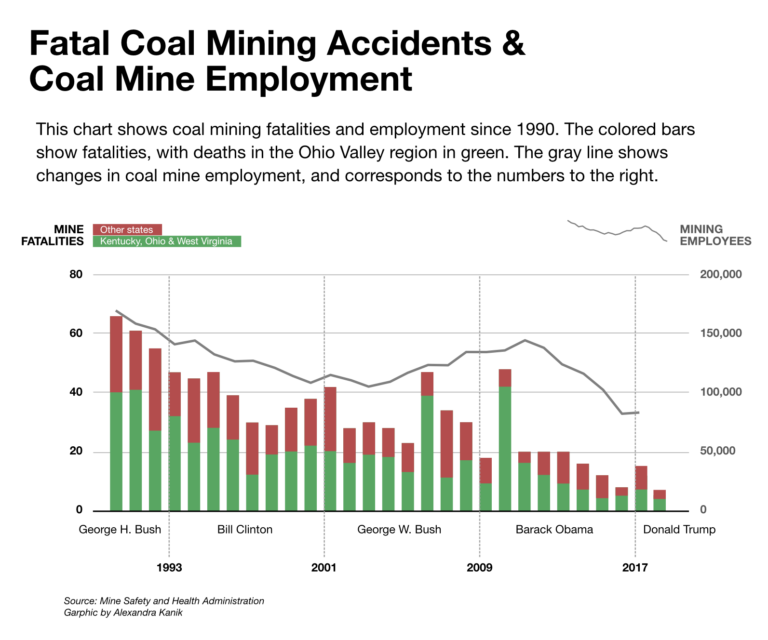News
Safer Direction? Top Mine Regulator Addresses Concerns About Dust And Deaths In Coal
By: Brittany Patterson | Ohio Valley ReSource
Posted on:
As President Trump attempts to revive the struggling coal industry, the administration’s top regulator for mine safety used a recent lecture at West Virginia University to lay out his priorities for the agency charged with keeping miners safe.
Assistant Secretary of Labor for Mine Safety and Health David Zatezalo outlined the Trump administration’s priorities for the Mine Safety and Health Administration, or MSHA.
The West Virginia native and former coal mine executive addressed students, faculty and industry representatives at the annual William Poundstone lecture series at West Virginia University.
Zatezalo told the crowd the agency intends to use technology to reduce mining fatalities and injuries.
But while the agency head offered numerous possible ways technology could help reduce mechanical deaths and fatalities, he presented no plan to address one of the industry’s biggest growing concerns, the exposure to coal and rock dust behind a surge in black lung disease. Once nearly eradicated, black lung is now a public health epidemic in central Appalachia.
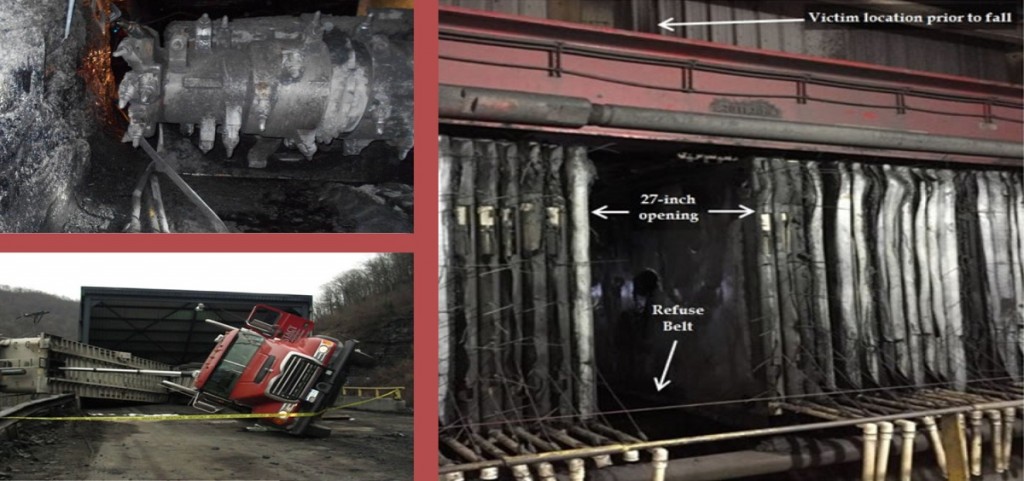
Safety Dance
Standing in front of a handsome wooden lectern, Zatezalo methodically ticked through a slide presentation showing multiple downward-sloping graphs representing miner deaths and injuries over the years.
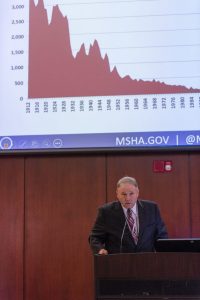
“I think we can get a lot better and we can keep getting better,” Zatezalo said. “We’ve made a lot of progress and last year there were 28 failures on that progress curve.”
MSHA is focused on reducing deaths and injuries specifically related to powered haulage accidents, he said. This includes accidents involving large equipment or vehicles, conveyor belt accidents, and accidents related to workers not wearing seat belts.
Last year half the fatalities that occurred in U.S. mines were attributed to powered haulage accidents. This year, so far, more than half of mining deaths are due to these kind of accidents, he said.
“Surely there has to be better ways to get these under control,” he said. “If we can get technology to come to the rescue again, we will.”
Specifically, Zatezalo said, the agency is interested in increasing the use of proximity detection technology in surface mines. Those tools alert miners when they are getting too close to equipment and Zatezalo lauded it as “a lot cheaper and it’s very important.”
MSHA this summer issued a request for information, or RFI, on how technology could improve miner safety.
“There are those in the industry who have not been happy about this,” Zatezalo noted. “For some of you an RFI is a precursor to regulation. I’m not saying it is and I’m not saying it isn’t. I’m saying it’s needed.”
Joe Main, head of MSHA under President Obama, said proximity detection technology has been shown to be an effective tool for reducing accidents. Under his tenure, the agency required underground mine operators to install proximity detection technology on continuous mining machines.
“I think there’s evidence there that those are things that will be helpful to protect miners from injuries,” he said.
Black Lung’s Return
As workplace fatalities have decreased, the epidemic resurgence of black lung disease has become a major health threat for coal miners.
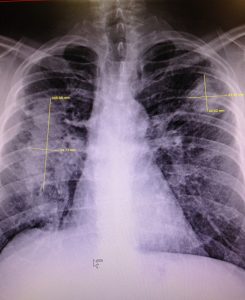
While the rate of the disease dropped dramatically from 1970 to 2000, since 2000 coal miners with 25-plus years of experience have seen rates go up. A large cluster of progressive massive fibrosis, or complicated black lung, has been found among miners in Central Appalachia.
MSHA regulates coal dust exposure, collects data on dust levels in mines, and conducts inspections. In 2014, the agency put out a new rule that strengthened requirements for monitoring and reduced acceptable dust exposure levels. It required better monitoring by outfitting miners with devices called personal dust monitors, which take real-time samples and are less likely to be tampered with.
This year, the agency announced it would spend a year collecting comments before doing a study of the rule’s effectiveness. Mine safety advocates were concerned that could lead to weakening the new rule.
Zatezalo told the audience at WVU that’s not the case.
“Let me put this in unambiguous terms,” he said. “This rule, this retrospective study has nothing to do with those parameters.”
Zatezalo questioned whether the rule could really be evaluated so soon, given the long latency period for black lung disease.
“I have no interest in changing the standard because the standard was just changed and frankly can’t be accurately evaluated until about 10 years after it was changed, maybe 2025,” he said. “That’s medical facts.”
Miner safety advocates questioned that argument and said MSHA can and should be doing more.

“I’m extremely concerned that the Mine Safety and Health Administration does not have any sense of urgency about that,” said Celeste Monforton, a longtime advocate for worker health and safety and lecturer of public health at Texas State University.
She said the agency has broad authority, both regulatory and non-regulatory, to do more to control dust. And she says numerous scientific studies and the agency’s own risk assessment done for the 2014 dust rule, show miners are at risk of developing black lung disease despite the reduced exposure limits that went into place in 2016.
A recent report from the National Academy of Sciences found the coal mining industry needs a “fundamental shift” in the way it controls exposure to coal and rock dust in order to prevent lung disease among miners.
“The appropriate question at this point is we need to propose a regulation that is going to mandate a more protective exposure limit and an exposure limit that specifically addresses exposure to respirable quartz,” Monforton said.
Enforcement Questions
Absent from Zatezalo’s talk were details on how the agency would use some of its most powerful compliance tools. The MSHA pattern of violations program is used to crack down on repeat violators of safety and health standards.
During the Obama administration, Main dealt with one of the worst mine disasters in modern history in 2010 when the Upper Big Branch mine exploded killing 29. Under his tenure, the agency beefed up enforcement actions and made changes to how the pattern of violations tool was used.
“These were tools that worked and put the industry in a better place and put miners in a safer place,” he said.
In 2010, MSHA identified 51 mines that had safety records that could place them at risk for being given a pattern of violations notice. In 2016, no mines met the criteria.
But in decision made this year, agency officials allowed a West Virginia mine to no longer by subject to tough enforcement actions. In exchange for having its pattern of violations notice dropped, Pocahontas Coal Company agreed to stop ongoing litigation against the agency.
Main said it was the first time he was aware the agency had taken such an action.
“I was a bit worried about that settlement quite frankly,” he said.
Robert Cohen, a member of the four-person mine health and safety commission, wrote a dissent of the decision when it was made public last month. Cohen, who has since left the commission, said the decision was quote “legally unsupportable.”
Under federal law, mines must have a clean health and safety inspection in order to get out from under a pattern of violations notice.
MSHA data show the Affinity Mine has received a total of 37 significant and substantial violations in 2018. Three were issued in August.
Tony Oppegard, a mine safety lawyer based in Kentucky, says the agency’s decision to settle sends the wrong message to the industry.
“They took the Affinity Mine off of the pattern even though that they had never complied with the statutory requirements,” he said. “I just think it’s wrong.”
In a press release announcing the settlement, United Coal Company, Pocahontas Coal Company’s parent company, said the site has greatly increased its safety record.
“The Affinity team was very relieved to hear that the POV is terminated, but understand our commitment and actions towards safety and compliance will not change,” Jeff Birchfield, Affinity Mine manager wrote.
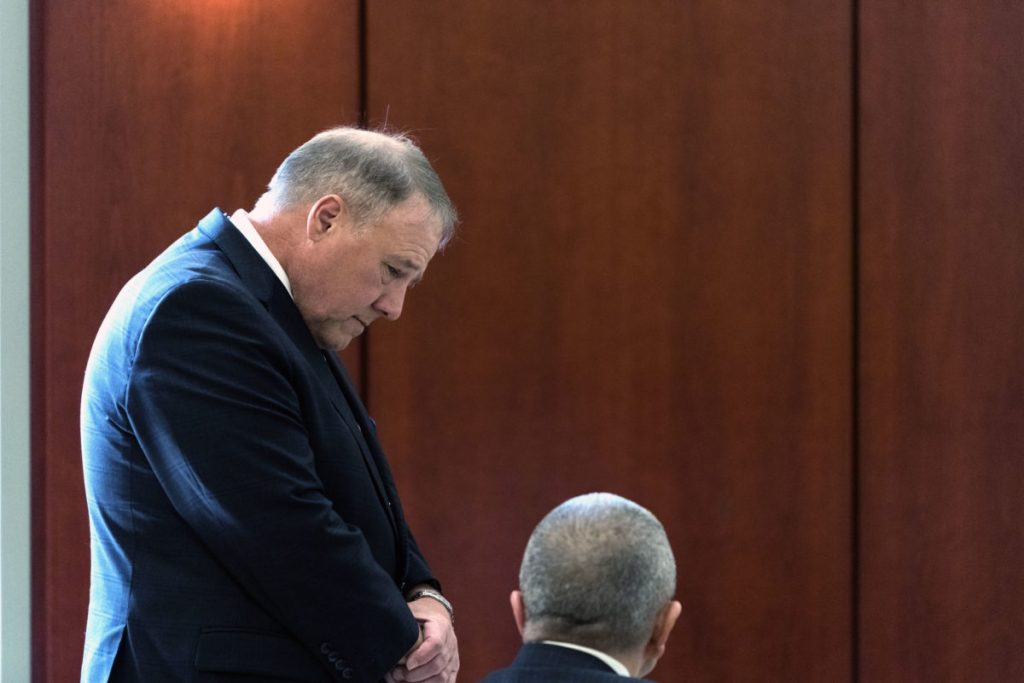
Industry History
Zatezalo has previous experience with the pattern of violations program. He worked for 40 years in the coal mining industry, including a stint as chairman at Rhino Resources, which operates mines in West Virginia and Kentucky.
In 2010 and 2011 the company received two pattern of violation notices from the agency Zatezalo now leads. Those notices came after a miner’s death at one mine and allegations of interference in mine inspections at another.
In a brief exchange after the lecture, Zatezalo defended the Affinity Mine’s safety record, calling it one of the best in the state.
He added he has no concerns the settlement might dilute the pattern of violations as an enforcement tool.


